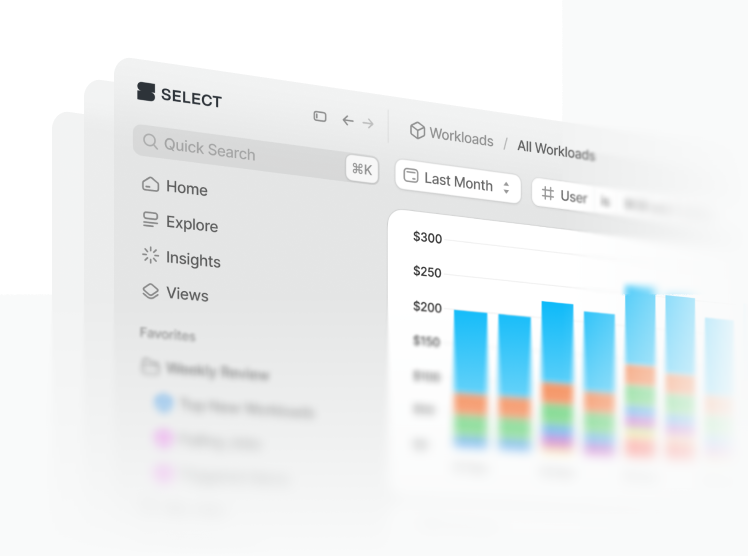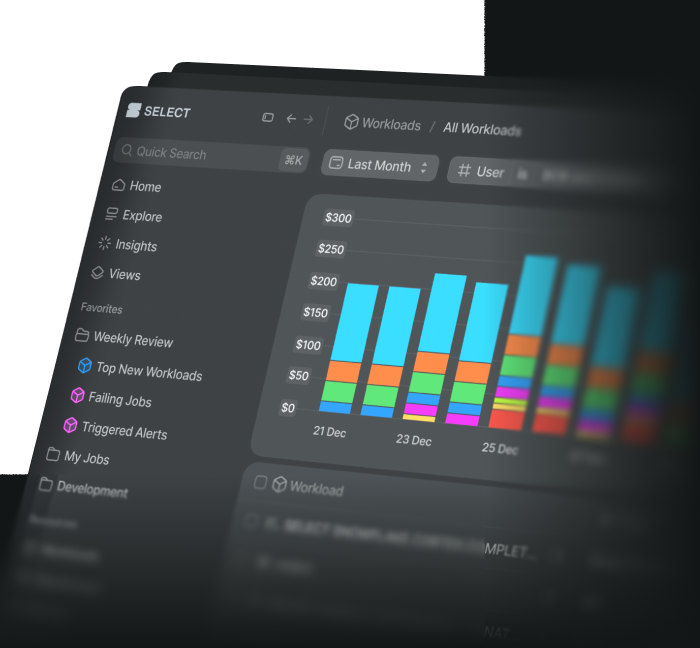

Posts
Want to hear about our latest Snowflake learnings?Subscribe to get notified.
Get up and running in less than 15 minutes
Connect your Snowflake account and instantly understand your savings potential.



Want to hear about our latest Snowflake learnings?Subscribe to get notified.
Connect your Snowflake account and instantly understand your savings potential.
